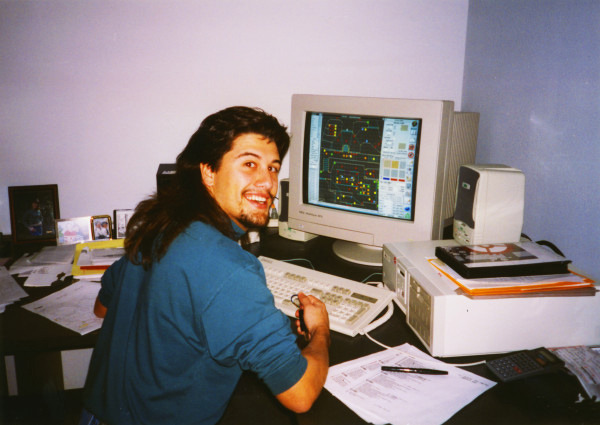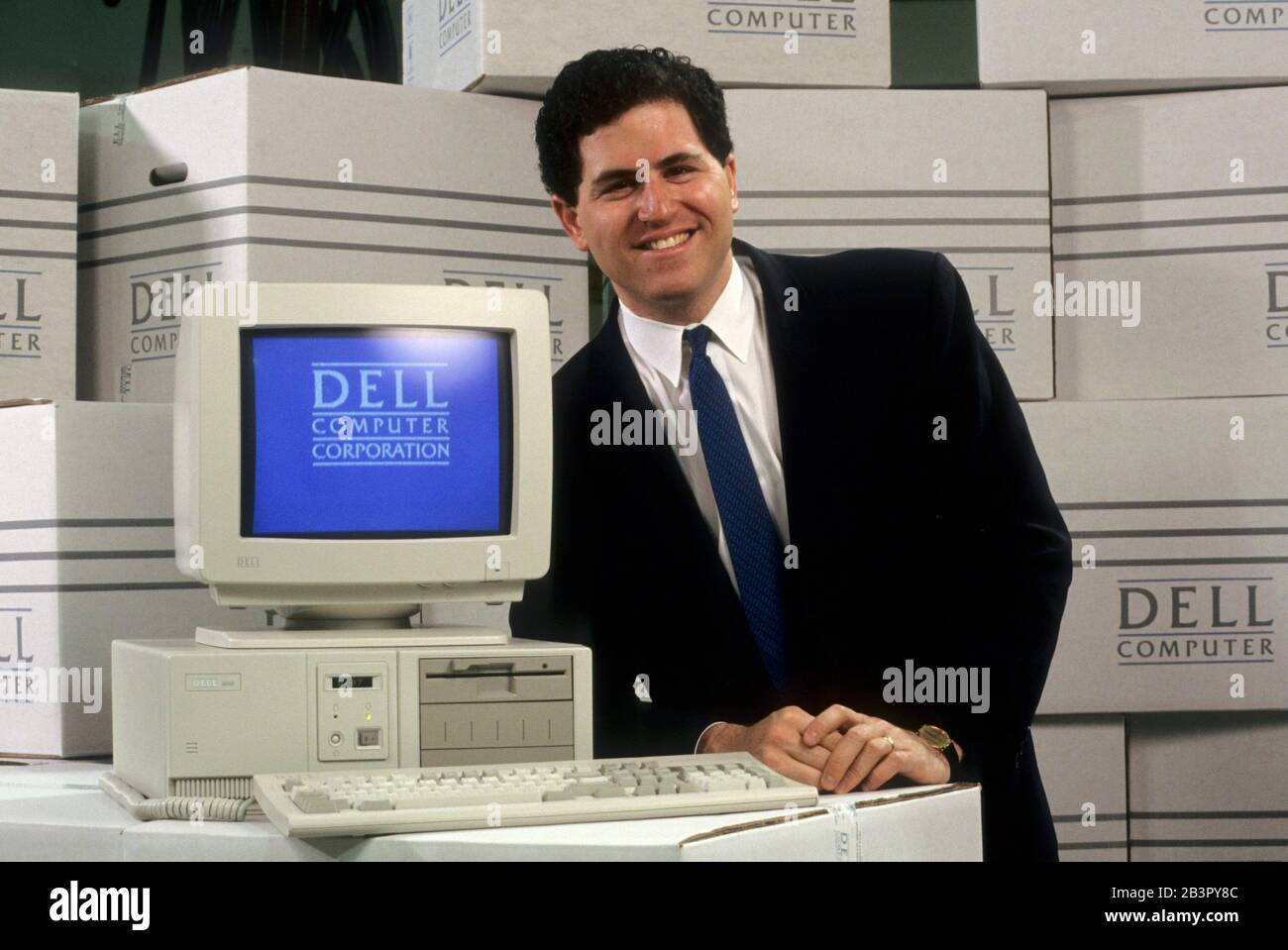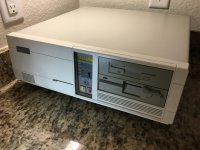First post, by dukeofurl
- Rank
- Member
I am a big classic dos game fan, having grown up with ID Software's output from the Sofdisk and Commander Keen era when it was brand new. I was watching and reading some old stuff about ID Software and snagged a couple pictures of PCs they were using.
In this first image, we have images 1, 2, 3 and 4.
Image 1 is from Romero's office during 1993 while Doom was being worked on. It looks like an Apple IIE to me. I know Romero grew up with an Apple II and programmed games for them in the pre-ID days. Interestingly, it got some coverage recently that he donated his original Apple II to a computer museum in Rochester NY - however looking at pictures of his donated Apple II, it is not the same PC as this one.
Image 2 is also from Romero's office during 1993 while Doom was being worked on. In fact, I think he was working on a level for Doom at the time of the video where this image comes from. My best guess is that this PC is a 486. That would have been a pretty good workhorse machine for 1993, and it is said that Doom was heavily optimized for the 486cpu. I don't recognize the case, but the three grey drive bays all on the right seem somewhat distinctive. As I was typing this up I came across a higher res and probably more identifiable image of this PC and monitor, and i think it might be some type of Dell 486.

I do not think it is a 386 because........
.....Image 3, is from the era when ID was developing the Mario demo and Commander Keen around 1991. The book Masters of Doom indicates that they used borrowed company PCs from Sofdisk, their previous employer, around this time. It also mentions that they were using 386s around this time (not clear if the Sofdisk machines were 386s, or if they upgraded from the Sofdisk machines to 386s while at the lake house in Louisiana developing Commander Keen). In any case, the machines on the long table that you can see at the very bottom with that distinctive diagonal detail and the black square (logo? in the top left) remind me of DTK's cases in the 286/386 era such as this one.

Image 4, the PC next to the NES and the TV at the lake house may have been Tom Hall's, as it is mentioned in Masters of Doom and other histories of ID, that Tom set up the NES with Mario next to his computer so he could more readily duplicate the Mario game artwork on his computer.
In the second attached image we have images A B C and D.
Images A and B are Romero's office shortly after Doom was released, perhaps during development of Quake. It appears to be different angles of the same PC in images A and B. You can see he's upgraded to something different from the machine he was using with Doom in 1993. Since this is during development of Quake, I have to imagine it is a pentium 1 of some sort. The case looks distinctive but I don't recognize, other than perhaps that it looks like a more rounded mid-90s design than the blockier machines they were using previously.
In image C you have John Carmack. Not sure the date for this one, but if that's a NextStation he's working at, this could be circa 1993 during development of Doom. I don't recognize the beige rectangle PC but it certainly looks like something from the 386 era.
In image D you have Bobby Prince, music composer. This picture provides a pretty good look at the bezel of the case. Once again, I don't recognize it, just guessing this is from the 386/486 era given the styling, perhaps a 486 given how demanding recording and music production was in terms of cpu usage.
If anyone recognizes more interesting details, or if these machines have been identified before, I'd be interested to know.





